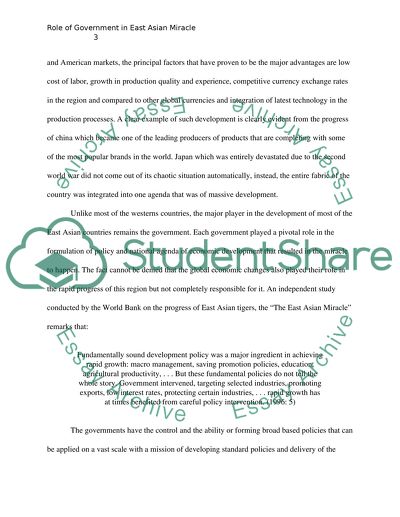Cite this document
(“Role of government in East Asian miracle Research Paper”, n.d.)
Retrieved from https://studentshare.org/macro-microeconomics/1393201-role-of-government-in-east-asian-miracle
Retrieved from https://studentshare.org/macro-microeconomics/1393201-role-of-government-in-east-asian-miracle
(Role of Government in East Asian Miracle Research Paper)
https://studentshare.org/macro-microeconomics/1393201-role-of-government-in-east-asian-miracle.
https://studentshare.org/macro-microeconomics/1393201-role-of-government-in-east-asian-miracle.
“Role of Government in East Asian Miracle Research Paper”, n.d. https://studentshare.org/macro-microeconomics/1393201-role-of-government-in-east-asian-miracle.


